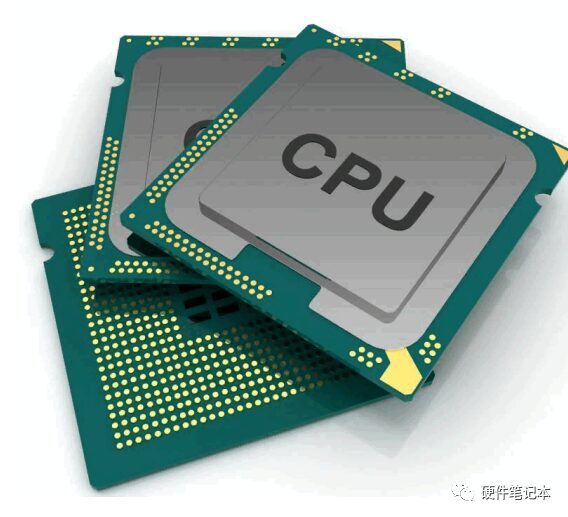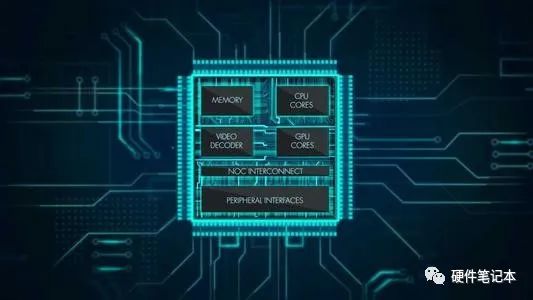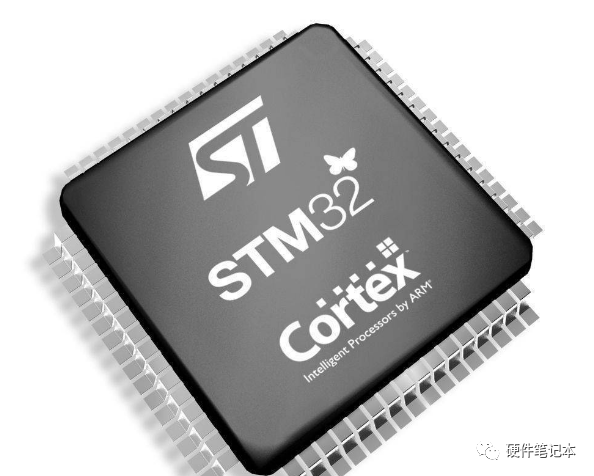Skip to content
In embedded development, we often encounter some professional terms, such as CPU、 MPU、 MCU and SOC, and the frequency of these terms is very high, often appearing as knowledge points in interviews. Let’s take a look at their characteristics and differences.
CPU is the abbreviation for Central Processing Unit, and it is the core of computing control in a computer. The CPU consists of an arithmetic logic unit, a control unit, registers, and corresponding buses. The well-known three-stage pipeline: fetching, decoding, and executing refers to the CPU. The CPU fetches instructions from memory or cache, places them in the instruction register, decodes the instructions, and then executes them. The programmability of a computer actually refers to programming the CPU.

MPU is the abbreviation for Micro Processor Unit, referring to a microprocessor (note that this is not a microcontroller; many people confuse microprocessors with microcontrollers). A microprocessor typically represents a powerful CPU (which can be understood as an enhanced CPU), and such chips are often the core CPUs of computers and high-end systems. For example, ARM’s Cortex-A chips, which embedded developers are most familiar with, belong to the MPU category.
MCU is the abbreviation for Micro Control Unit, referring to a microcontroller. With the emergence and development of large-scale integrated circuits, the CPU, RAM, ROM, timers, and input/output I/O pins of a computer are integrated onto a single chip, such as the 51, STC, and Cortex-M chips. These chips include RAM and ROM in addition to the CPU, allowing for the addition of simple components (resistors, capacitors) to form a minimal system that can run code. In contrast, ARM (Cortex-A series) cannot run code directly because it is essentially just an enhanced CPU and requires the addition of corresponding RAM and ROM.
SOC is the abbreviation for System on Chip, referring to a system on a chip. To compare, an MCU is a chip-level chip, while an SOC is a system-level chip. It integrates the advantages of both MCU and MPU, having built-in RAM and ROM while also being as powerful as an MPU. It can store and run system-level code, meaning it can run an operating system (primarily Linux OS).

Additionally, SOPC is also a concept worth understanding. Compared to the above concepts, SOPC is not mentioned as frequently, but that does not diminish its importance. SOPC stands for System On a Programmable Chip, which means a programmable system on a chip. The most obvious difference between SOPC and MCU, MPU, and SOC is that hardware configuration can be changed, meaning one can construct their own chip.
For example, the hardware configuration of a microcontroller is fixed, and what we can programmatically modify is the software configuration. Originally, it had serial communication capabilities, but by modifying the code, it can become an AD sampling function. This means that the hardware configuration is fixed, and we can only select one or more functionalities by modifying the software. In contrast, SOPC allows for changing hardware configuration information to become the corresponding chip, which can be an MCU or an SOC.
In embedded development, the most frequently encountered are generally MCU and SOC, and now STM32 has almost become synonymous with MCU, while SOC is primarily represented by the Cortex-A series. The difficulty of development also varies, and for those in the embedded field, understanding these professional concepts is essential.
Welcome to all angel round and A round enterprises in the entire automotive industry chain (including the electrification industry chain) to join the group (Friendship connection with 500 automotive investment institutions including top-tier organizations; Some quality projects will be selected for thematic roadshows to existing institutions); there are communication groups for leaders of science and technology innovation companies、 automotive industry complete vehicles, automotive semiconductors, key components, new energy vehicles, intelligent connected vehicles, aftermarket, automotive investment, autonomous driving, vehicle networking, and dozens of other groups. To join, please scan the administrator’s WeChat(please indicate your company name)



